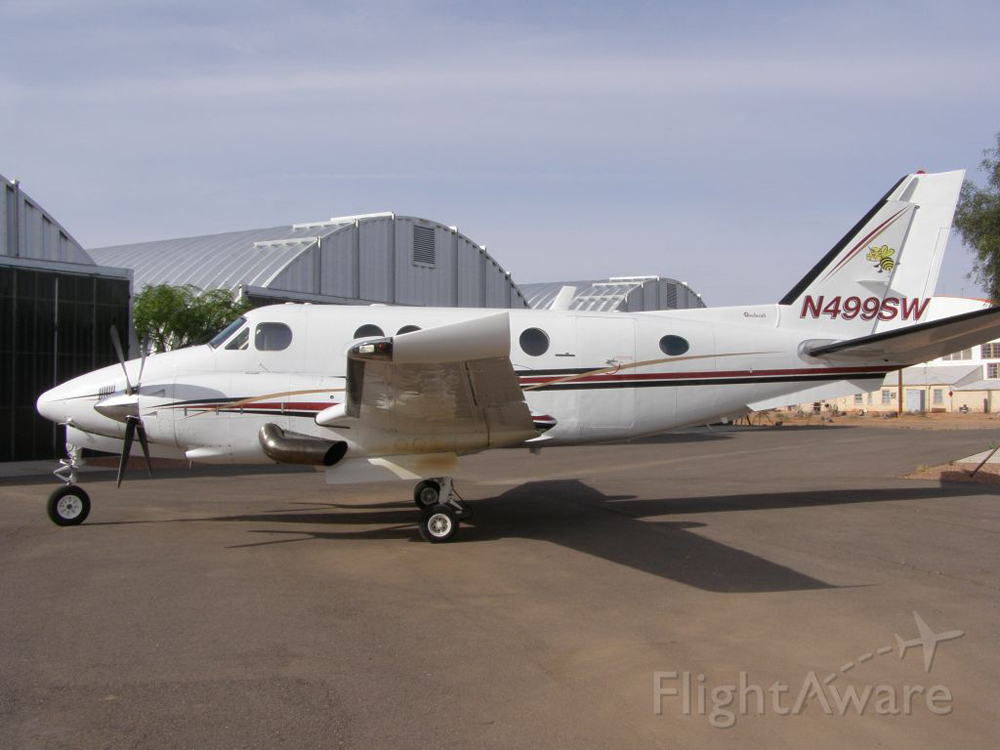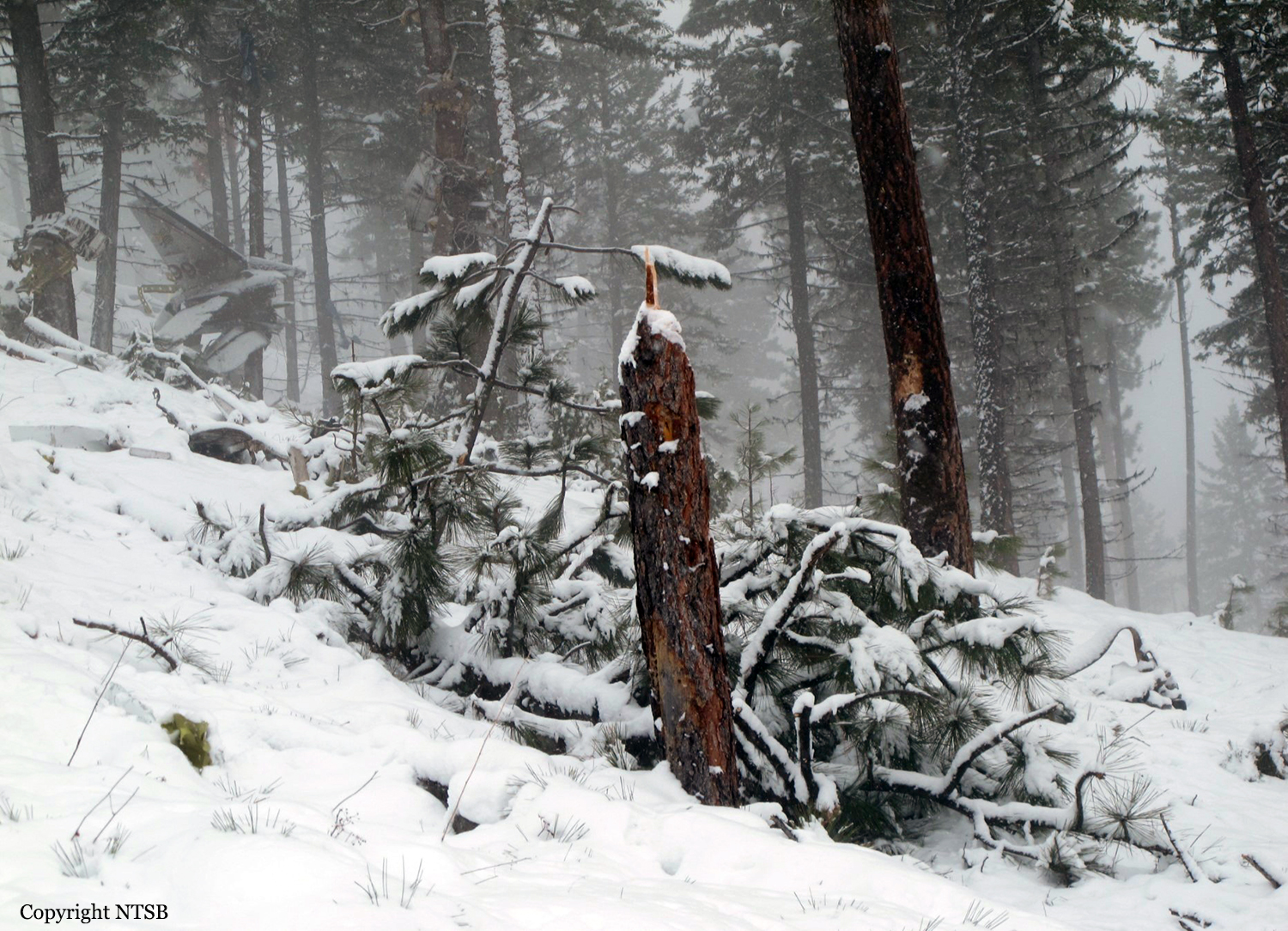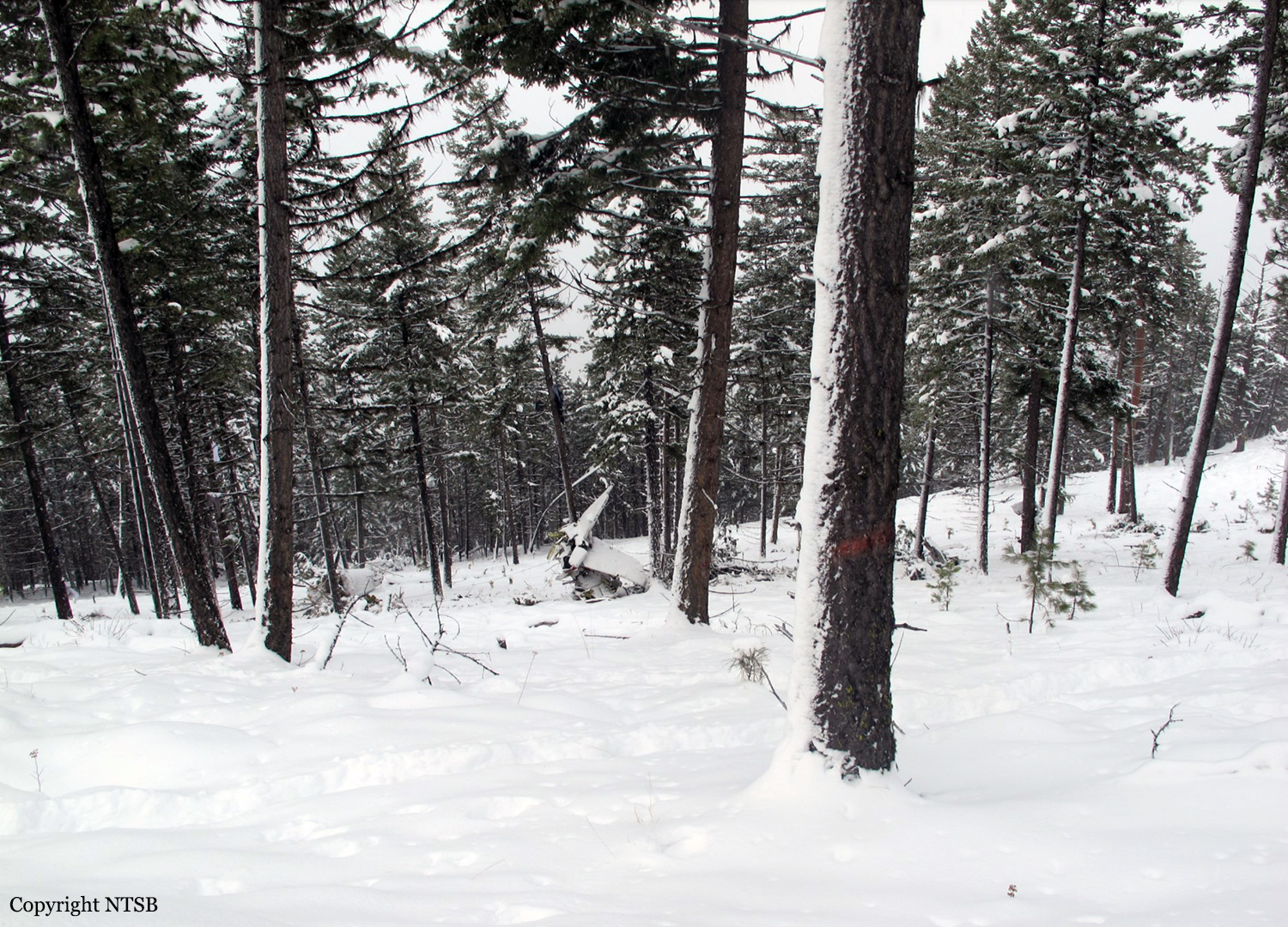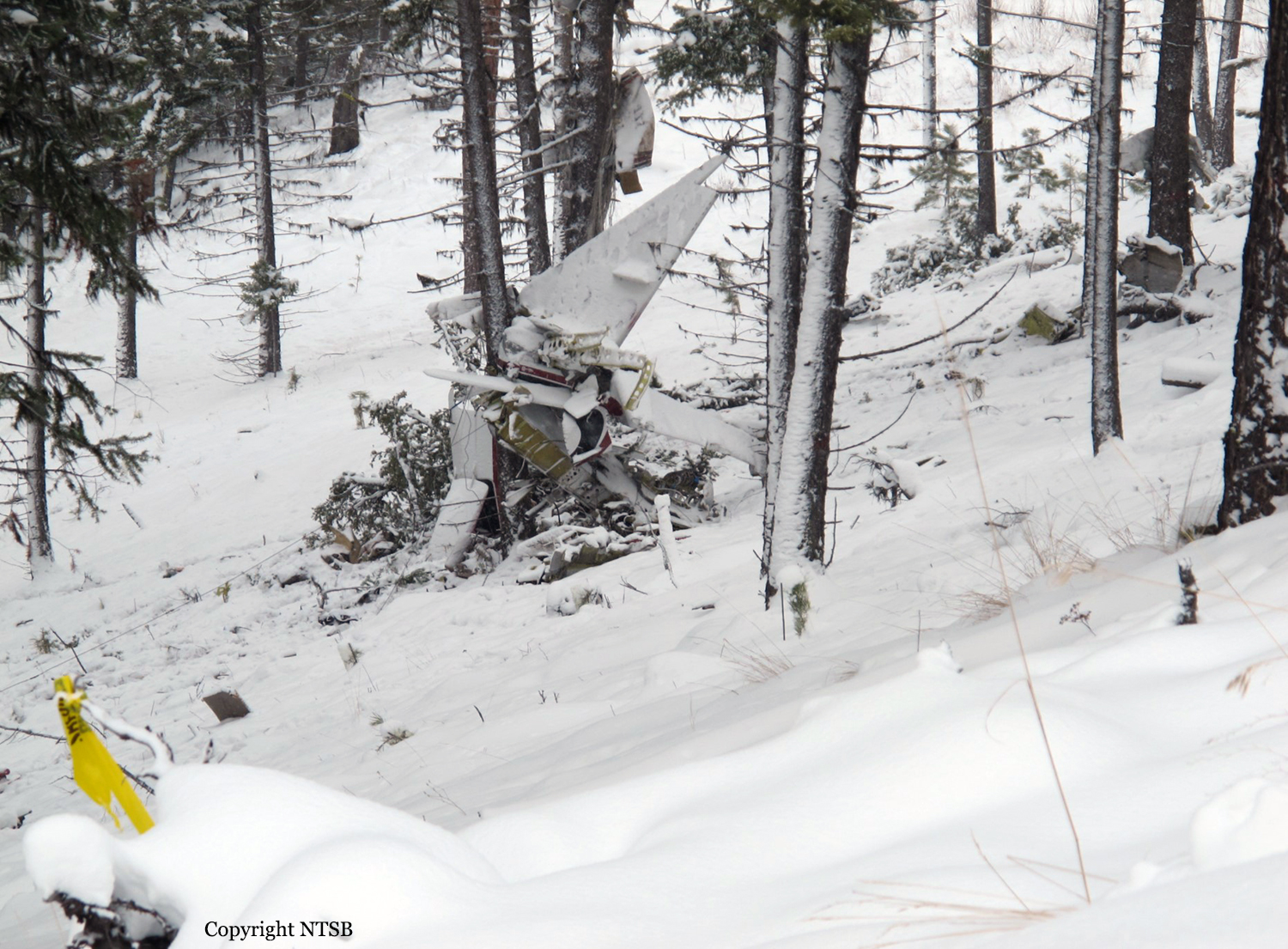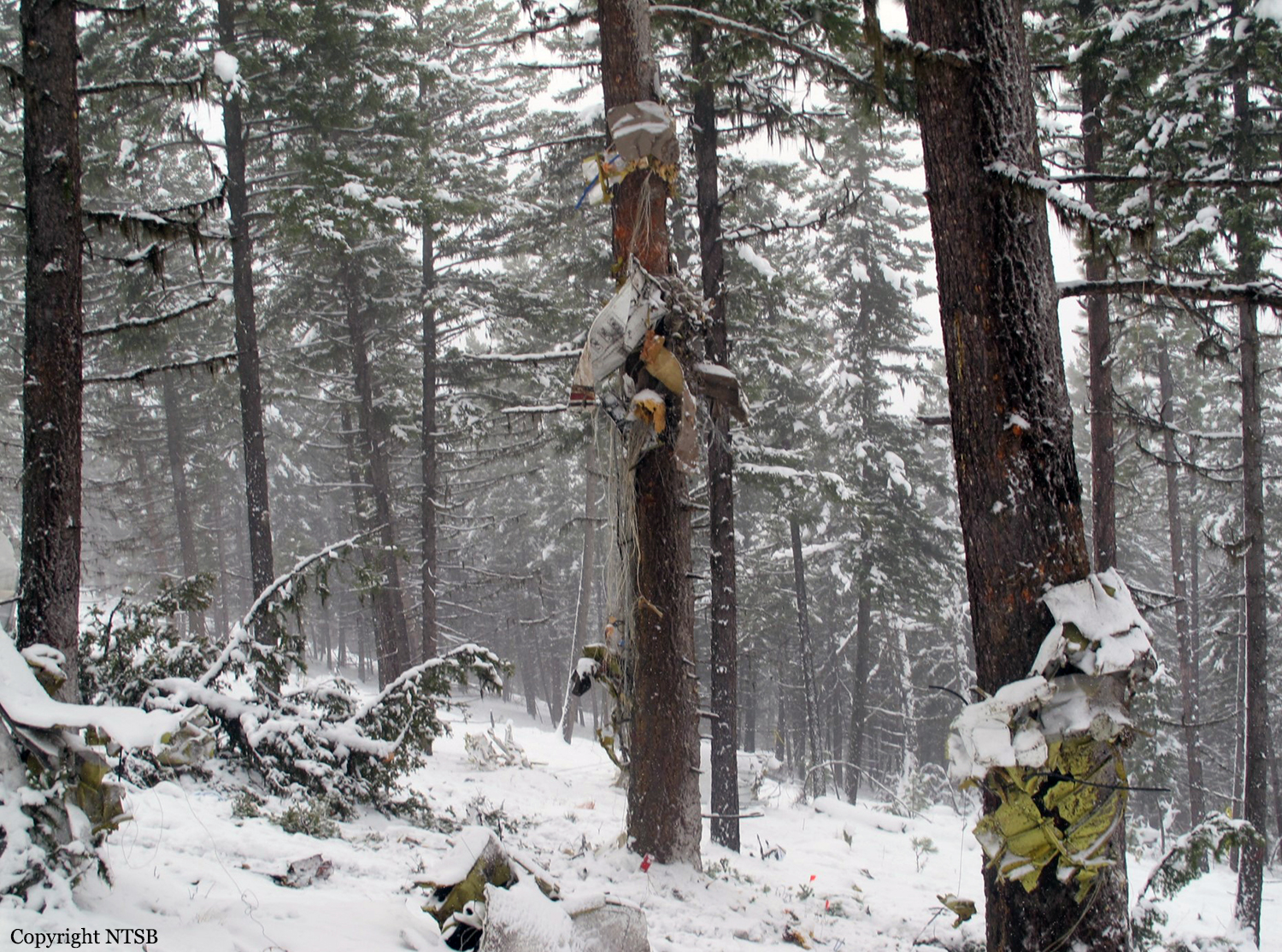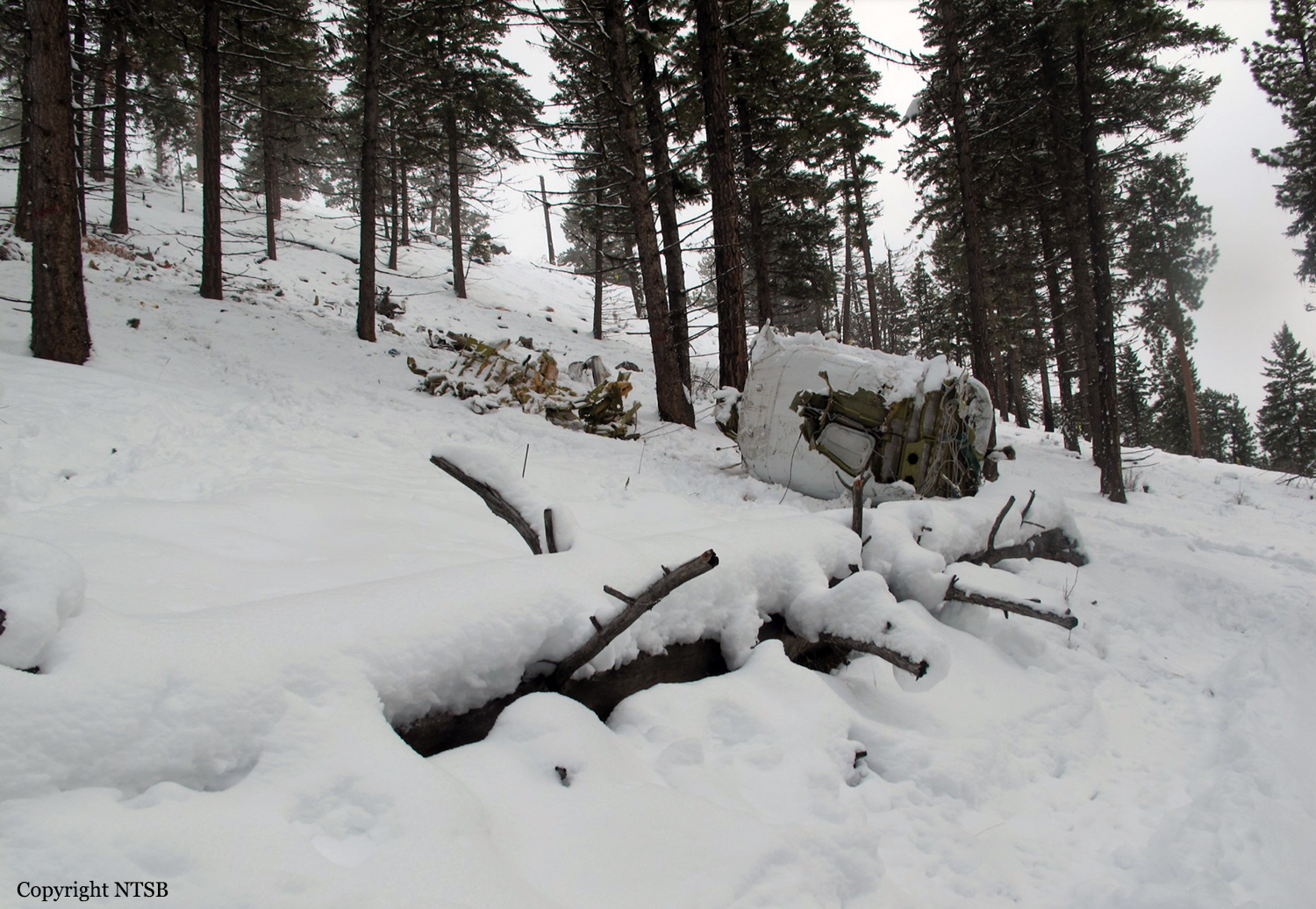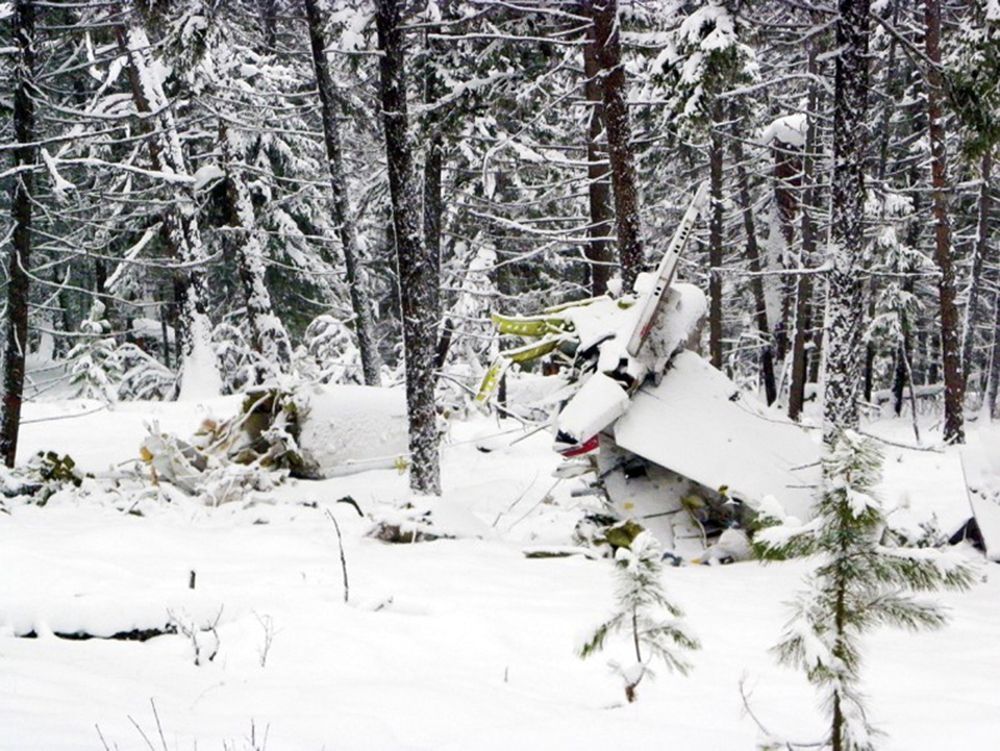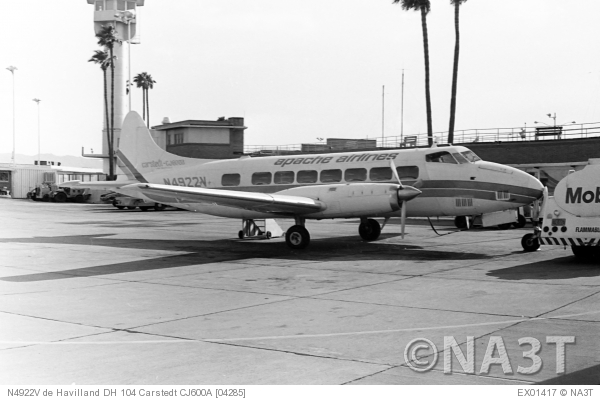Crash of a Beechcraft B100 King Air in Libby: 2 killed
Date & Time:
Dec 19, 2012 at 0002 LT
Registration:
N499SW
Survivors:
No
Schedule:
Coolidge - Libby
MSN:
BE-89
YOM:
1980
Crew on board:
1
Crew fatalities:
Pax on board:
1
Pax fatalities:
Other fatalities:
Total fatalities:
2
Circumstances:
When the flight was about 7 miles from the airport and approaching it from the south in dark night conditions, the noncertificated pilot canceled the instrument flight rules (IFR) flight plan. A police officer who was on patrol in the local area reported that he observed a twin-engine airplane come out of the clouds about 500 ft above ground level and then bank left over the town, which was north of the airport. The airplane then turned left and re-entered the clouds. The officer went to the airport to investigate, but he did not see the airplane. He reported that it was dark, but clear, at the airport and that he could see stars; there was snow on the ground. He also observed that the rotating beacon was illuminated but that the pilot-controlled runway lighting was not. The Federal Aviation Administration issued an alert notice, and the wreckage was located about 7 hours later 2 miles north of the airport. The airplane had collided with several trees on downsloping terrain; the debris path was about 290 ft long. Postaccident examination of the airframe and engine revealed no mechanical malfunctions or failures that would have precluded normal operation. The town and airport were located within a sparsely populated area that had limited lighting conditions, which, along with the clouds and 35 percent moon illumination, would have restricted the pilot’s visual references. These conditions likely led to his being geographically disoriented (lost) and his subsequent failure to maintain sufficient altitude to clear terrain. Although the pilot did not possess a valid pilot’s certificate, a review of his logbooks indicated that he had considerable experience flying the airplane, usually while accompanied by another pilot, and that he had flown in both visual and IFR conditions. A previous student pilot medical certificate indicated that the pilot was color blind and listed limitations for flying at night and for using color signals. The pilot had applied for another student pilot certificate 2 months before the accident, but this certificate was deferred pending a medical review.
Probable cause:
The noncertificated pilot’s failure to maintain clearance from terrain while maneuvering to land in dark night conditions likely due to his geographic disorientation (lost). Contributing to the accident was the pilot’s improper decision to fly at night with a known visual limitation.
Final Report:
